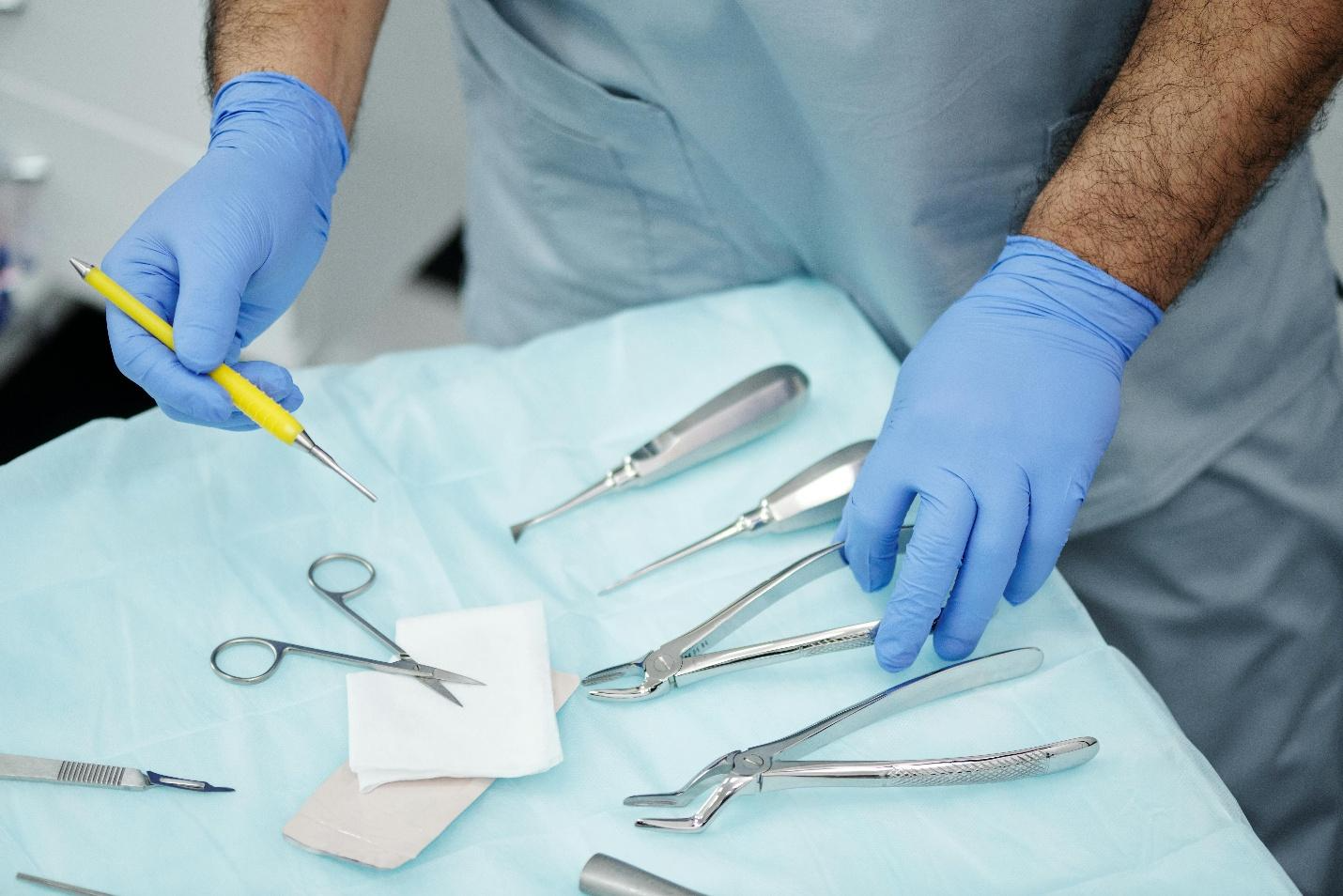Functional dentistry looks at the mouth in the context of your whole body, rather than as an isolated unit of teeth. It uses science and simply implemented habits to help find root causes of dental problems and prevent them from happening again. Click this link to learn more.
For many health-conscious adults, functional dentistry is a straightforward approach that provides a path to improving everyday comfort, stronger smiles, and persistent health.
What Is Functional Dentistry?
Functional dentistry is, by definition, preventive and systems-oriented. Rather than simply repairing what’s damaged, functional dentistry seeks to understand what initiated that damage—dry mouth, airway issues, diet, bite relationship, etc.—and then addresses the original source of the problem. The aim is to live with fewer surprises in daily life, fewer medical emergencies, and more confidence. This model can naturally fit within the family dentistry model and lends itself to ongoing, proactive care at a personalized pace.
Before diving into details, it is helpful to understand how a visit may feel different than a traditional check-up. The exam may typically cover more ground and take into account the connections between habits, nutrition, sleep, and findings in the mouth. From the findings, care will be mainly based on practical steps the patient is able to do.
- Whole-system perspective: in addition to the teeth and gums, assessment of bite function, breathing and sleep quality, and levels of inflammation
- Root-cause assessment of primary drivers: e.g., clenching, acidic exposure, airway state, and instead of only assessing the resulting symptoms.
- Prevention individualized to the patient: e.g., risk scoring to assess, parenting on homecare, habit tracing to prevent small issues from getting larger.
How Oral Health Affects the Body
The mouth is busy as a gateway to the body. Dangerous bacteria, chronic inflammation, and a dysfunctional oral microbiome can stretch your immune system’s defenses beyond the gumline. The research on periodontal disease and elevated risk for heart disease, complications from diabetes, and negative pregnancy outcomes is increasing. Serration does not equal causation, but decreasing oral inflammation lessens the overall inflammatory burden.
Functional dentists are aware and ready to engage you on breathing and sleep. The closed airway, mouth breathing, or clenching the jaw at night may potentially create discomfort in the jaw, headaches, and poor sleep quality. Smaller mechanical errors of the bite may overload the supporting anatomy of the jaw, spine, and upper segment of the body while increasing stress into the neck and shoulders. Where appropriate these teams uncover signs of co-morbidities and refer to physicians or sleep specialists as needed. They cite feedback on comfortable cleansed teeth to protect systemic health, and where needed, advise gum disease therapy to settle inflammation and protect overall health.
Benefits Beyond Clean Teeth
Clean teeth are nice, but clean teeth and gums have a better yield when it comes to care for prevention of factors related to cause. Consistent positive feedback from patients on the efficiency of chewing, lessening sensitivity, and better energy is even more relieving when the surrounding tissue and bite are stable. The same holds true, as evidenced by the survey, whitening and cosmetic upgrades tend to offer a longer lasting effect and return on investment as foundation is reinstated and bite patterns solivide forces through longer times. If you’re looking for natural looking teeth replacement in Milwaukee area, functional practice seems to also offer positivity in how things feel and perform even day to day.
That said, here are practical benefits my adult patients care about most:
- Surprise: The advancement of care allows for proactive procedure in a timely manner as prevention items and collaborative goal setting suffices. You will have less broken fillings, overlooked tooth discomfort and Saturday emergencies.
- Comfy and got my back: A stable bite can relieve TMJ stress, reduce headache pain, and relieve eating concerns.
- Confidence triad: Healthy tissues allow dental cosmetics—whitening, bonding, veneers—to last longer.
- Spend wisely: Early intervention is repeatedly less than late intervention.
Preventing Problems Before They Start
Prevention in this model is more than a quick polish. Teams identify each person’s risk profile—acid exposure, dryness, clenching, high cavity activity. They then match it to the target for prevention. That being said, it may involve, salivary testing, pH monitoring, fluoride or calcium phosphate therapies, biting appliances to protect teeth during sleeping.
This same assessment occurs for habits. For example, tipping some mouth rinses long possible after a workout, eating less acidic snacks, or xylitol habits can start the mouth back to neutrality. When repair is warranted, the plan is quite conservative: reinforce enamel, rebuild only what is broken and save bigger options for when the restoration adds stability.
Functional vs Traditional Dentistry
Traditional dentistry does a very important work, it diagnoses and treats disease, repairs teeth, and controls pain. Functional dentistry preserves that but puts a bigger lens on things asking how air exchange, bite forces, and lifestyle cohabit the oral cavity over time. Both lenses want healthy smiles, but they are getting there utilizing a different map and time horizon.
Since the two approaches overlap considerable, many practices, will transition in and out practices of all sides. Patients may still get fillings/crowns and hygiene appointments but now they may be provided with the testing and coaching, along with the follow up that is tracking progress, not solely, procedures. This works better and has happier people, as least as out front.
- Assessment: Traditional dentists examine for cavities and inflammation; functional examines airway, sleep, diet, and bit stress monitoring.
- Treatment plan: Traditional finds and fixes what is broken; functional finds what’s broken and matches it with prevention based on cause.
- Tools and metrics: Functional teams will also isolate risks scores, pH test (https://pmc.ncbi.nlm.nih.gov/articles/PMC9509691/), or wear patterns will now be utilized along too.
- Time: This all comes together with short-term requirements to long-term stability; functional team will track outcome across months and years and not just meeting today.
Final Thoughts
Functional dentistry is not a fad; it’s an approach that is practical and patient centered in an effort to manage health. It connects daily habits with clinical findings and is more preventive in nature; your functional dentistry is purposeful so that adults have a healthier smile that will look, function, and stay that way. You asked for something approach to your health and possibly financial understanding; this approach accomplishes both medical and financial understanding.








